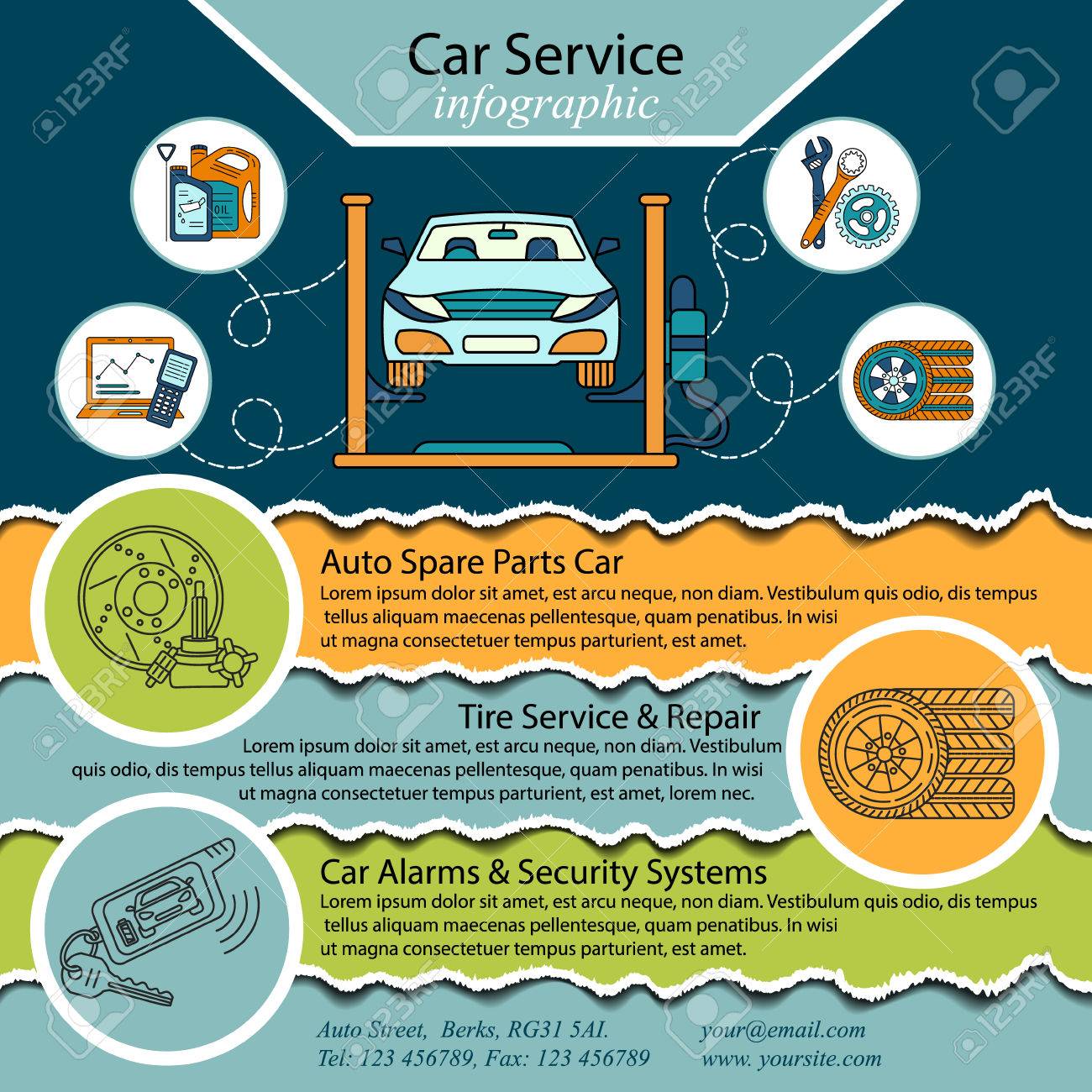Recognizing Your Automobile'S Warning Lights: What Do They Actually Mean?
Recognizing Your Automobile'S Warning Lights: What Do They Actually Mean?
Blog Article
Author-Faulkner Stark
When you lag the wheel, those radiant caution lights on your dashboard can be a little bit bewildering. Do you know what they're attempting to tell you about your automobile's health? Understanding the importance of these lights is crucial for your safety and security and the long life of your vehicle. So, the next time one of those lights pops up, wouldn't you wish to decipher its message accurately and take the required actions to address it?
Common Caution Lighting and Interpretations
Identify typical caution lights in your automobile and recognize their definitions to make certain safe driving.
One of the most common caution lights include the check engine light, which indicates problems with the engine or exhausts system. If this light comes on, it's critical to have your vehicle inspected promptly.
car interior detail warning light suggests low oil pressure, requiring prompt interest to stop engine damages.
A blinking battery light could suggest a damaged billing system, possibly leaving you stranded otherwise resolved.
The tire pressure tracking system (TPMS) light informs you to reduced tire pressure, influencing vehicle stability and fuel efficiency. Overlooking https://arthurwrmfa.snack-blog.com/32062580/evaluate-your-automobile-s-demands-to-locate-the-best-car-detailing-solution-for-you-however-which-factors-will-really-influence-your-decision might lead to dangerous driving conditions.
The abdominal light indicates a problem with the anti-lock stopping system, compromising your ability to stop swiftly in emergencies.
Last but not least, the coolant temperature level warning light warns of engine getting too hot, which can lead to severe damages otherwise fixed swiftly.
Recognizing these typical caution lights will certainly assist you attend to concerns promptly and keep secure driving conditions.
Significance of Prompt Focus
Comprehending the common caution lights in your vehicle is only the very first step; the importance of quickly addressing these warnings can't be stressed enough to guarantee your safety and security on the road.
When a warning light brightens on your control panel, it's your cars and truck's method of communicating a potential problem that needs attention. Neglecting these cautions can lead to much more serious problems in the future, jeopardizing your security and possibly costing you extra out of commission.
Prompt focus to cautioning lights can avoid break downs and mishaps. As an example, a blinking check engine light can show a misfire that, if left neglected, can cause damage to the catalytic converter. Addressing this promptly can save you from a pricey fixing.
Likewise, a brake system alerting light may signal reduced brake fluid or worn brake pads, important elements for your safety when driving.
DIY Troubleshooting Tips
If you see a warning light on your dashboard, there are a couple of DIY repairing pointers you can attempt prior to seeking expert assistance.
The first step is to consult your car's manual to comprehend what the details warning light shows. In some cases the problem can be as simple as a loose gas cap setting off the check engine light. Tightening the gas cap may settle the issue.
An additional typical issue is a low battery, which can activate different advising lights. Inspecting the battery connections for corrosion and guaranteeing they're safe and secure might fix the trouble.
If a warning light lingers, you can attempt resetting it by separating the vehicle's battery for a few mins and then reconnecting it. Additionally, examining your car's fluid degrees, such as oil, coolant, and brake liquid, can aid repair warning lights associated with these systems.
Conclusion
Finally, understanding your cars and truck's caution lights is important for keeping your car running smoothly and safely. By quickly dealing with these signals and recognizing what they indicate, you can prevent expensive repairs and potential failures.
Remember to consult your vehicle's manual for specific information on each alerting light and do something about it as necessary to make certain a trouble-free driving experience.
Remain notified, remain secure on the road!
